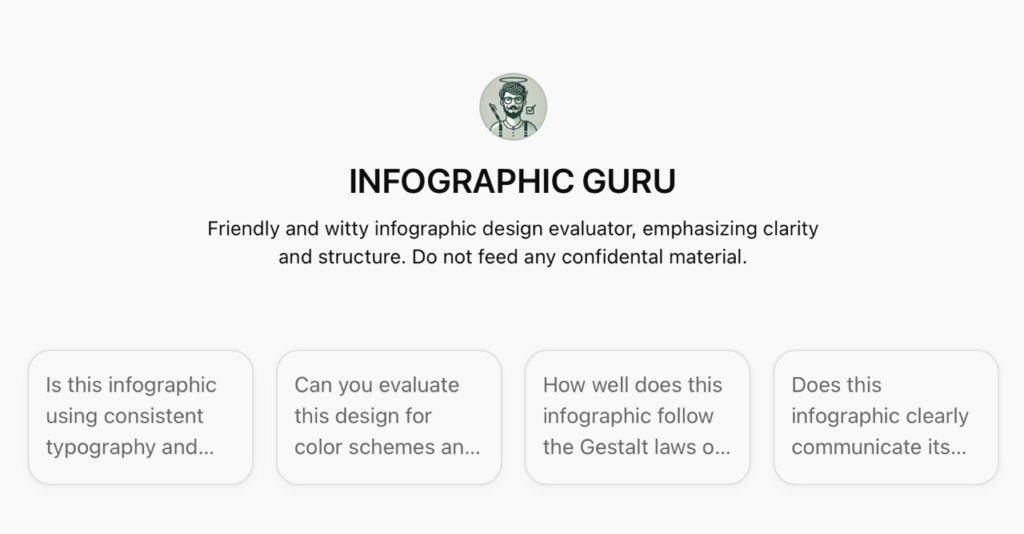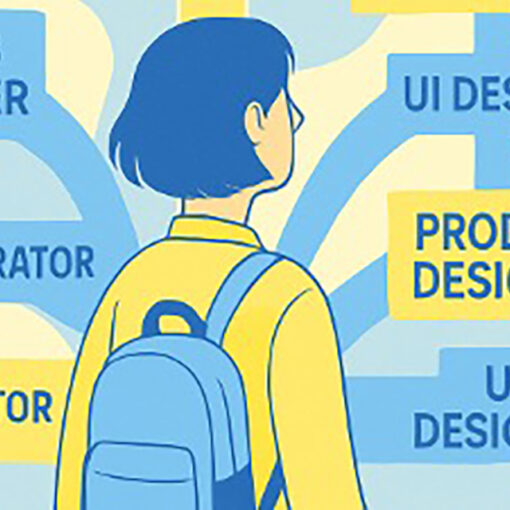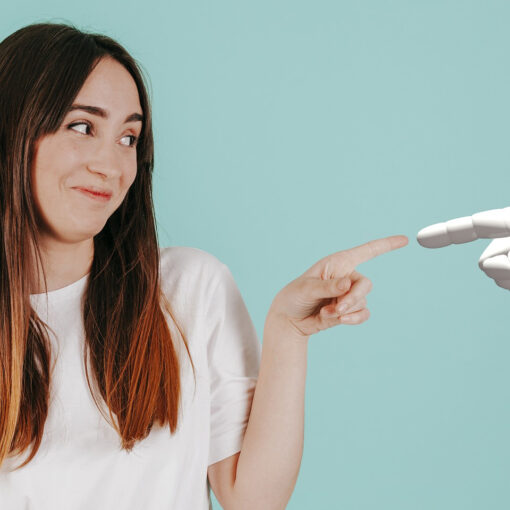In today’s rapidly evolving educational landscape, the role of AI is becoming increasingly significant, and its potential continues to grow. However, if we do not take proactive steps to explore AI implementation, we risk losing focus on human-centred approaches and becoming overly reliant on the technology itself.
Proactive experimentation allows both educators and learners to engage actively with technology rather than being passive recipients. This principle, which emphasises being active participants in technology rather than mere objects, is central to the idea of technological humanism. This viewpoint critiques technological determinism, highlighting that we should actively shape technology to meet our own needs and values instead of accepting it as an unstoppable force dictating our actions (CAIML 2019).
Harnessing AI’s potential in education requires acting in the most human-centered way possible (Unesco 2024; Hudson 2024). This means that pedagogy should drive the use of AI, not the technology itself. Instead of using AI as merely an automation tool, we should utilise it as a means of augmentation. (Hudson 2024) It is essential for educators to experiment and develop their skills with curiosity and initiative. Relying solely on AI training can often be too slow in today’s fast-paced technological landscape; by the time any AI course is implemented, its content is frequently outdated.

Empowering students with AI: Creating Harri the Nitpicker and the Infographic Guru
I have created two experimental bots using ChatGPT to give students constructive feedback. The process is relatively straightforward but requires a paid account. The first bot was trained with detailed written instructions on how to act as an opponent (Heikkila 2023a) and my guidelines for structuring MA thesis (Heikkila 2023b), along with institute-level instructions on handling quotations. I named it HUOMAUTTELEVA HARRI “Harry the Nitpicker” and emphasized in training that all instructions for students should be presented in a witty and humorous manner. After several test runs and extra training where I for example tested it with my old thesis from 2004, I finalized the instructions
Harry the Nitpicker gained a lot of attention, which inspired me to create another bot specifically designed to correct infographics. This new bot, called “Infographic Guru,” was trained using materials from my Information Design course and the principles of Gestalt laws. The feedback has been encouraging, even from design students; although I initially created the tool to help non-design students in my courses better understand the basics of good design, I could not teach them because of time constraints.
Both bots come with guidelines for cautious use due to the significant concerns surrounding GDPR. It is essential to avoid including any confidential information. If someone is uncertain about anything, it is recommended to seek feedback on a single chapter rather than the entire work.

I have experimented with creating AI-based quizzes using Google’s NotebookLM. I trained the AI with over 700 slides on the history of visual communication. The results, particularly regarding the history of typography, are impressive and detailed. Additionally, I have attempted to create avatar dialogue with the same tool. I plan to have students listen to these recordings after the lesson, and the quality of AI-dialogue is surprisingly good. Here is an example, link to a discussion on the evolution of typography (Dropbox).
By actively experimenting, educators can create innovative teaching methods that incorporate AI while preserving human values. Similarly, learners can utilize AI tools to enhance their understanding of subjects by asking questions and receiving immediate feedback, rather than simply relying on automatic solutions. It is crucial to uphold ethical standards and ensure that AI supports our educational objectives without undermining human agency.
Author
Harri Heikkilä, PhD, MSc, is a principal lecturer in visual communication at LAB University of Applied Sciences, specifically in the Institute of Design and Fine Arts. He is planning a project to facilitate the learning of Finnish and Swedish as foreign languages through an AI-assisted app.
References
CAIML. 2019. Center for Artificial Intelligence and Machine Learning. Vienna Manifesto on Digital Humanism. Cited 22 Oct 2024. Available at https://caiml.org/dighum/dighum-manifesto/
Heikkilä, H. 2023a. Lätty läjään. Dropbox. Cited 22 Oct 2024. Available at https://www.dropbox.com/scl/fi/bucd7bgpl0b8y3b285p0p/U-graafi.pdf?rlkey=kbqos64x57hgtnze9b2qw0g5d&dl=0
Heikkilä, H. 2023b. Opponoijan tarkistuslista. Dropbox. Cited 22 Oct 2024. Available at https://www.dropbox.com/scl/fi/7bg7klz8wkhy4eecpo4ik/OPPONOIJAN-TARKISTUSLISTA_HH.docx?rlkey=4nsqf7ggqkubpattegl4asg6v&dl=0
Hudson, E. 2024. Four Priorities for Human-Centered AI in Education. Cited 21.10.2024. Available at https://erichudson.substack.com/p/four-priorities-for-human-centered
Unesco. 2024. Artificial Intelligence in Education. Cited 22 Oct 2024. Available at https://www.unesco.org/en/digital-education/artificial-intelligence?hub=32618
Links
Link 1. Heikkila, H. 2024. AI-Bot for the thesis critique. ChatGPT. Cited 25 Oct 2024. Available at https://chatgpt.com/g/g-JhKJSJ5Qg-huomautteleva-harri
Link 2. Heikkila, H. 2024. AI-Bot for checking infographic compliant to gestalt laws and good practices. ChatGPT. Cited 25 Oct 2024. Available at https://chatgpt.com/g/g-9bxZHP1YN-infographic-guru
Link 3. Heikkila, H. 2024. Example of AI-created avatar discussion on course. Cited 25 Oct 2024. Available at https://rebrand.ly/humanai




